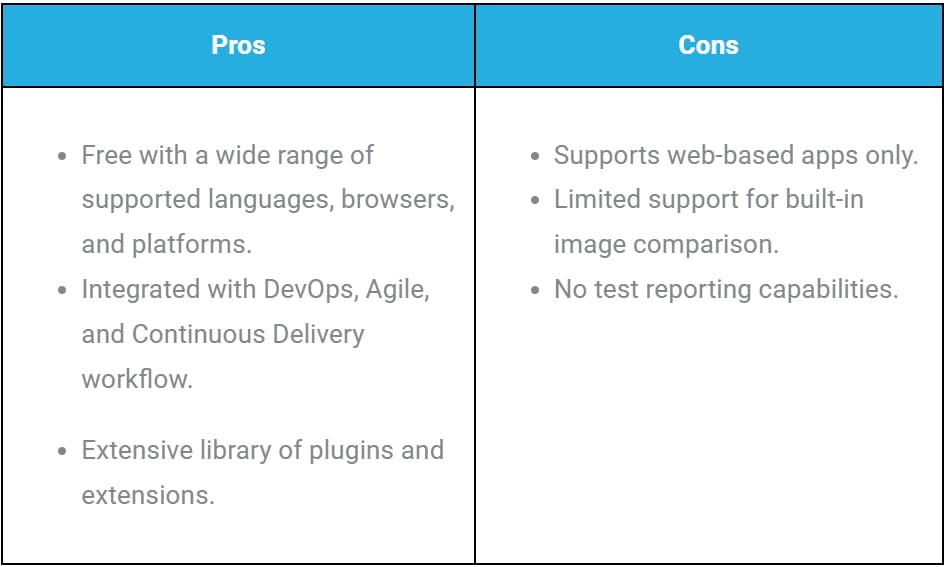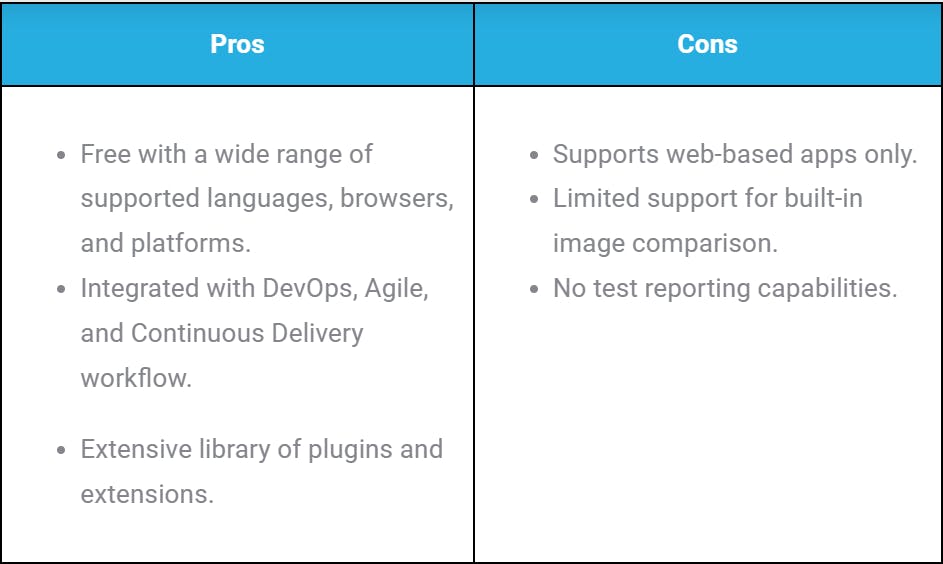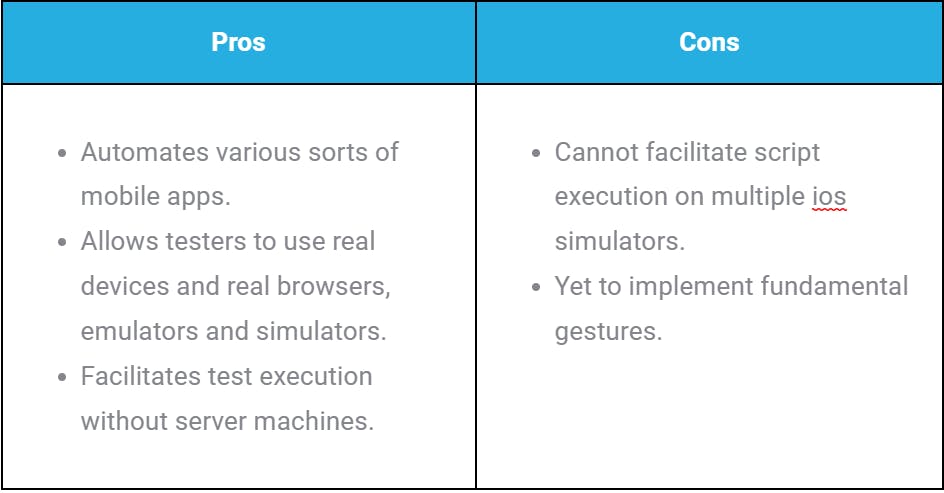Within the context of new-age project development, the majority of enterprises in the software industry have moved towards advanced methodologies such as Agile and DevOps to reduce testing turnaround time and fasten the product’s time-to-market. This also means Automation Testing is gradually replacing Manual Testing and has become one of the dominant methods in the testing process. Moreover, The Global Marketing Insights report also indicates that the market size for Automation Testing surpassed USD 15 billion in 2020 and is forecasted to increase at a CAGR of over 16% from 2021 to 2027.
Concerning the rising inclination toward automated testing, Quality Assurance (QA) experts need to be fast, capable of detecting bugs promptly, and flexible in solving problems. However, contrasting to predecessors, having manual testing knowledge is not enough for testers nowadays. Otherwise, it’s crucial for automation testers to have sufficient skills related to automated testing to take full advantage of this method.
Let’s figure out the automation testing skills needed to be an effective and successful automation tester in 2022!
Challenges that Automation Testers May Face

Although switching from manual testing to automated testing can have many advantages, this modern testing method also results in obstacles for the QA team. According to the State of Test Automation 2020-2021 Survey by Kobiton, the inability to find appropriate automation tools and the lack of necessary test automation skills are significant pain points that automation testers face. If you’re unable to overcome these struggles, automation testing won’t deliver the best values that it should.
Some challenges that the QA team may face when attempting to execute an automated testing strategy include:
Can’t find the right automation tools
Choosing the appropriate test automation tools is relatively tricky since there’s a diverse array of both licensed as well as open-source tools available. Although each test automation tool has its own benefit, not every method is suitable for your project. Many teams get stuck at this stage since their chosen tools cannot provide complete test coverage or they lack some needed skills to use the tool effectively.
Unable to define the test automation approach
Without the right test automation strategy, technology will lose its effectiveness. This is comparable to a body without a brain. Choosing the proper strategy is another critical obstacle in automation testing since test engineers may find it difficult to build a plan with various dimensions to consider. To address this struggle, developing automation testing frameworks at the beginning of the testing process is worth considering.
Have insufficient testing skills
Several test automation tools only work well when manned by skillful test engineers, who can design automation frameworks, build test scripts and solutions accurately. It’s a misperception that manual testers can carry out the automation tools effectively without proper training. Despite the test script record and playback features offered by most testing tools, automation testing efforts may fail if QA engineers cannot use these tools to their full potential.
5 Must-Have Skills for a Top Automation Tester

Automation testers are vital to cross-functional teams. Their responsibilities include designing and writing automation scripts, debugging test cases, using automation frameworks, undertaking testing environment setup, probing into problems that arise post-testing, and many more.
Since automation testing is no longer a strange term, testers should be well-equipped with specific skills and knowledge to overcome the struggles arising during the testing process.
1. Proficiency in Programming Languages
Although coding knowledge is not required for all QA engineers, it’s still integral for automation testers to provide successful software test cases. Having basic programming knowledge will not only simplify your effort in writing automation test scripts but will also enhance your communication with the developer. Additionally, once unit testing is completed, you can have the capability to participate in in-depth functionality testing. When deciding to learn programming languages, here are aspects that automation testers can expect to improve:
- Designing the automation testing frameworks
A testing framework is a set of guidelines for creating and developing test cases. Designing an automated framework will help you maintain coding standards across the library and increase test cases' quality, speed, and accuracy. This step will require you to have a sufficient understanding of C#, Java, NodeJS, Python, SQL, HTML, and CSS. The programming language you choose for testing should depend on the languages that developers use in the project.
- Writing the testing scripts
The automation tester should create the testing scripts with the purpose of saving both time and effort during the test creation and the test execution process. Though it is no longer essential to write your automated scripts by using scriptless test automation, it’s still beneficial to understand the fundamentals. Python and JavaScript are top programming language options for newbie automation testers due to their user-readable syntax and ease of use.
2. Sufficient Knowledge of Automation Tools
There’s a vast selection of automation testing tools available in the market that can bring significantly superior benefits to a business. To flourish in the area of automation testing, testers are required to have a thorough grasp of and experience using automation tools. Moreover, they need to know which tool will work best for the particular project because each job may require different testing types and technologies to support it. Choosing the right tool also ensures Return on Investment (ROI) yielding from automation testing is achieved.
Before picking a particular tool, the test engineer should examine the pros and cons of each option. Here’re some widely-used tools in the market today:
Katalon Studio
Katalon is an end-to-end test automation tool that facilitates automated tests for Web, APIs, Windows desktop, and Mobile apps, supplies test records, and reports test analytics.
Selenium
Selenium is a suite of open-source testing automation tools that’s become the industry standard in quality assurance.
Appium
Similar to Selenium, Appium offers an open-source test automation framework. However, it concentrates mainly on the automation of mobile testing,
3. Clearly Understanding Business Requirements
Whether your car is experiencing a problem and you’ll need to take it to the service center, before fixing the vehicle, the mechanic will ask you about the current issue and any previous vehicle issues that were resolved during the last servicing, along with any part that would have to be replaced. By doing that, the mechanic can understand precisely what happened with the car and have the appropriate solution accordingly.
Similarly, the qualified automation testers must know the software inside out, both front-end and back-end levels, at the beginning of the testing phase. They should be familiar with:
The programming language used in the whole project.
Browser or device requirement in which the app will be accessed by the end-users.
All the modules and features that will be released.
APIs and web services connected to the system.
Databases are used for keeping user data and back-end information.
Manual testing may need to be executed while the testing phase begins.
Test execution compilation delivery date and expected release timelines.
4. Well Versed with Test Management Tools
Automation testing’s main objective is to reduce testing time while ensuring the quality of test cases. Having knowledge of automation tools is not enough; you’re also required to be expertise with management tools to deliver quality bug-free software in time.
Test management and bug tracking solutions aid in streamlining testing, addressing errors based on priority, tracking testing, obtaining real-time reporting, and preventing security risks. When used effectively, test management tools can help reduce time wastage and accelerate the testing process for a better cycle. In addition, its scalability enables the effortless exchange of information among the team members.
Some test management tools that can benefit your testing process include qTest, Zephyr, JIRA, PractiTest, etc.
5. Expertise with Agile, DevOps Methodologies & Continuous Delivery
As the result of rising demands for accelerated automation testing, new-age Agile and DevOps models are gradually replacing the waterfall model.
Due to the rapid changes inherent with Agile methodology, it’s vital to have an automated testing strategy in place. Automation testers may automate a module's test scripts in order to adapt to customers’ ever-changing requirements. In contrast to the waterfall model’s case, in which testing and development teams may be separated by clear boundaries, Agile and DevOps emphasize intense synchronization, collaboration, and the use of cross-functional teams.
These methodologies mean a change of culture, indeed, but they also demand additional skills such as:
Basic knowledge of networking and UNIX/ Shell scripting.
CI/ CD pipelines with tools like GitLab and Jenkins.
Performance testing tools such as Gatling and JMeter.
Cloud services such as AWS and MS Azure.
Therefore, participating in an Agile, DevOps, CI/CD pipeline might speak volumes about your ability to integrate seamlessly with the organization's teams.
Conclusion
Challenges are unavoidable in every industry, including automation testing. Automation testers must be multiskilled, and most practically have an assortment of technical expertise, domain knowledge, and testing skills that enable them to get over challenges and deliver quality software in a timely manner.
Read more automation testing blogs at: blog.kms-solutions.asia



